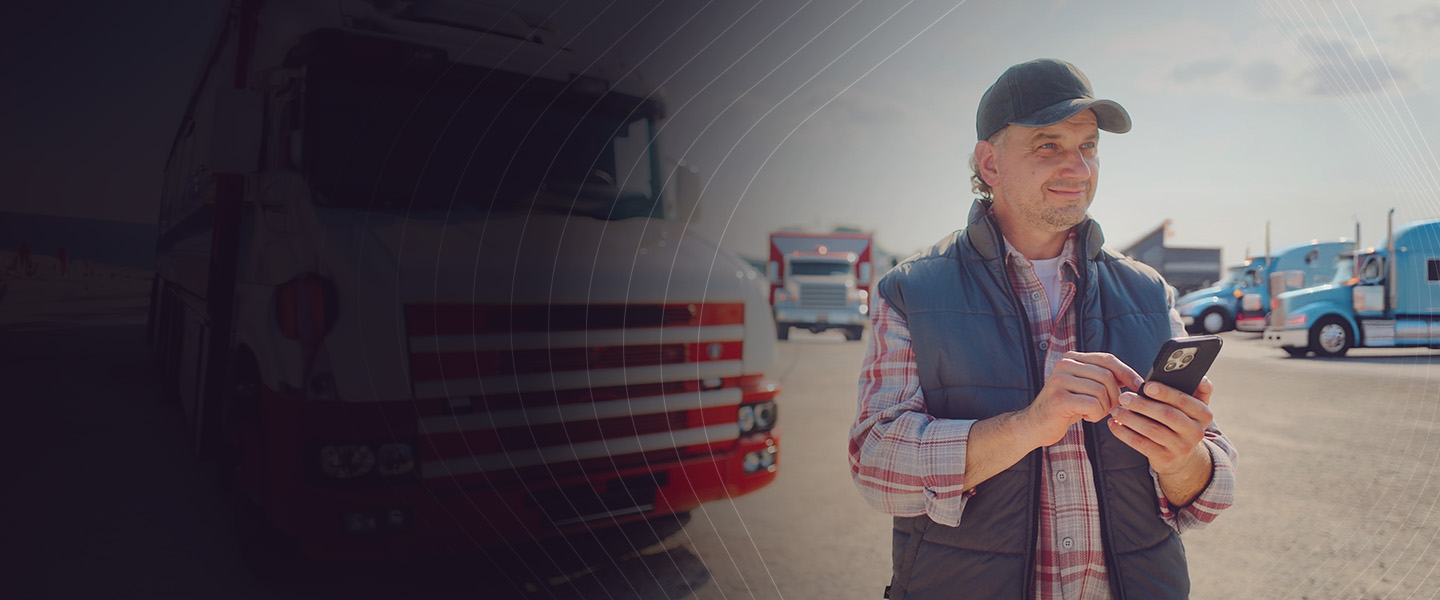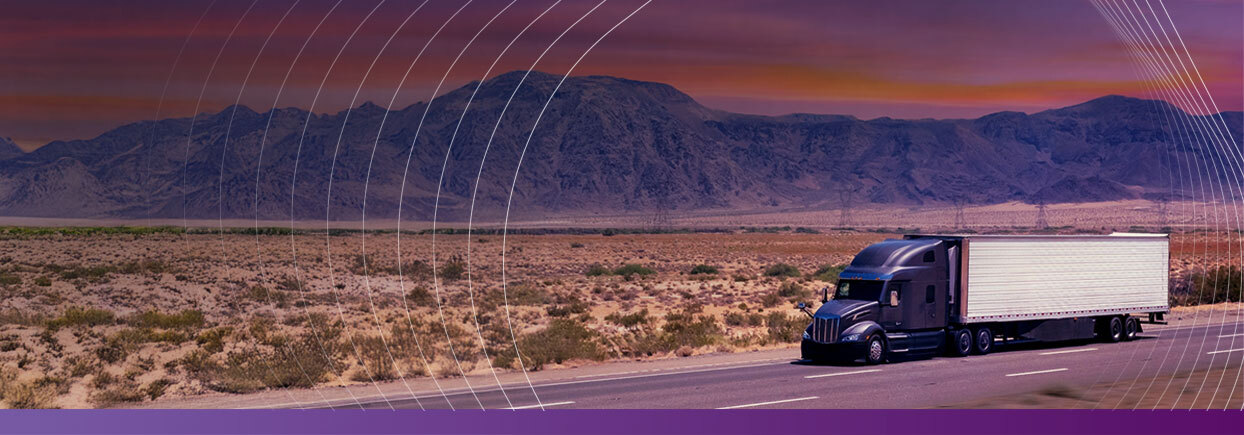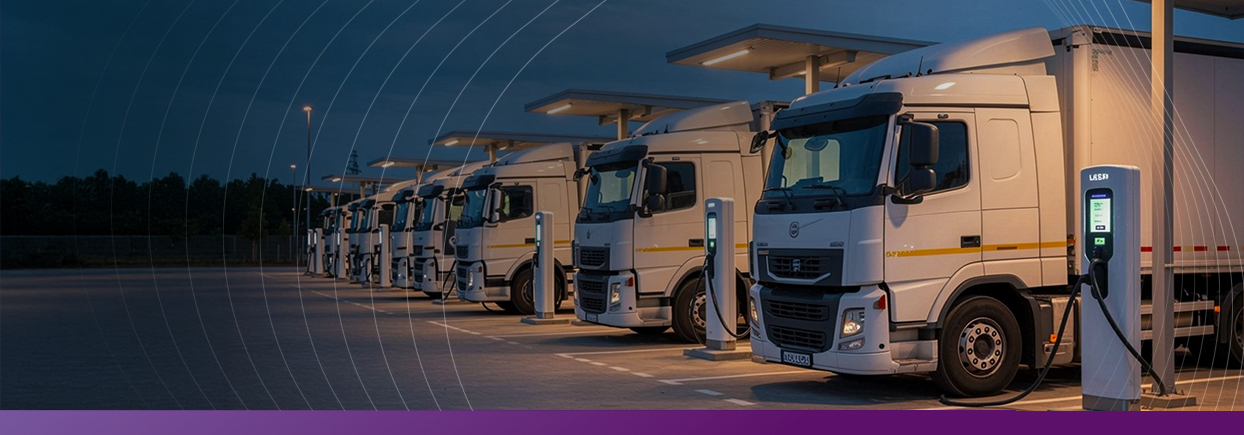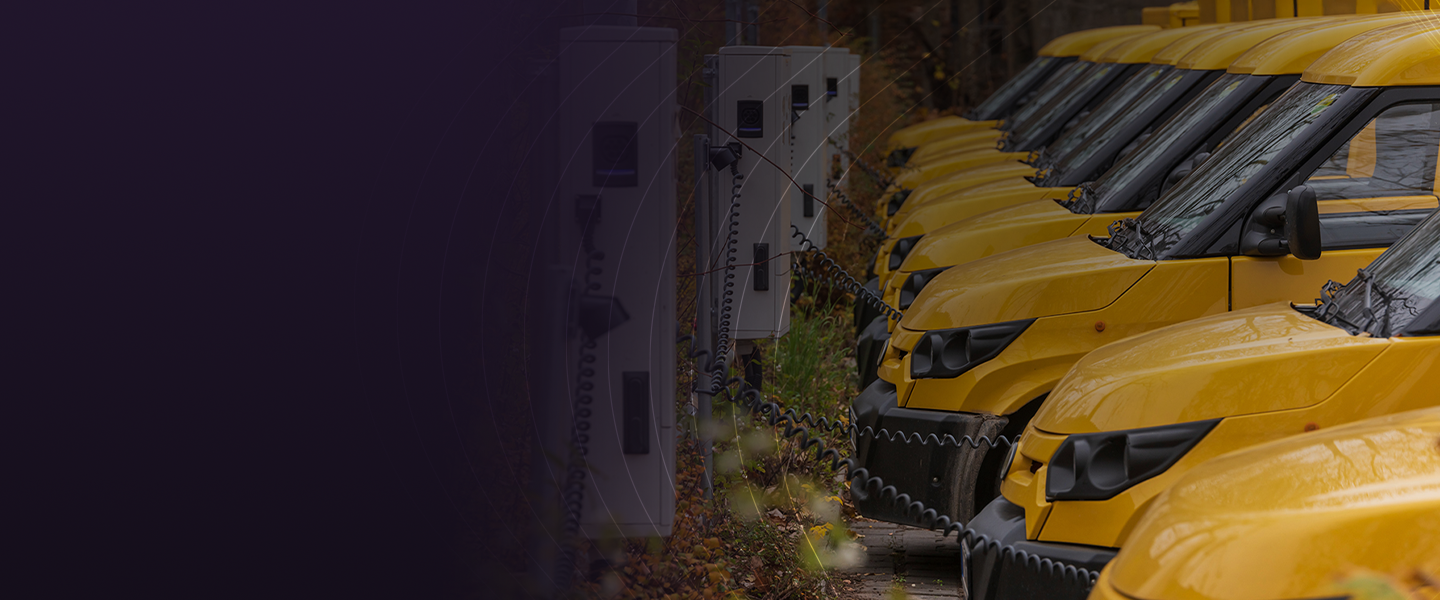Your greatest assets are your forklift operators!
So how can you make them even greater and have them feel great about their work at the same time?
We all know the drill; higher efficiency drives down costs. Squeeze more out of existing assets, more profits can be gained. A warehouse forklift operator needs to punch in, get the job done and make sure he doesn’t incur any extra costs by bumping into something leading to repairs or asset downtime.
Priority number one for any forklift driver should be safety, in particular in a warehouse environment where dangers lurk all over, such as blind spots, pedestrians, poor lighting and more. The pressure to get more done faster usually does not go hand-in-hand with safety.
So, how can a fleet manager drive safety compliance, efficiency, and operator engagement at the same time?
How material handling operations can learn from other industries
The use of performance-based bonuses is less common in blue-collar type work, and the use of gamification even less so. Digital technologies to enable both have been around for over a decade, but only now are we beginning to see solutions aimed at industrial trucks.
Just imagine you are a warehouse fleet manager and could reward positive behavior rather than giving stick for bad behavior. A number of years ago this was applied to traffic safety in my native Sweden where a Speed Camera Lottery was set up.
Don’t punish bad behaviour instead encourage good operator behaviour!
The idea was that all the attention went to the bad people and those who followed the rules got none. In this case, if you followed the rules you got a lottery ticket as the speed camera took pictures of the license plates that were doing the speed limit rather than those that didn’t.
As a result, the average speed on the street was 32km/h before the experiment and 25km/h during the experiment, which was also the legal speed, and one lucky motorist won 3,000 dollars.
Gamify your forklift warehouse operators to reduce safety incidents
The same principles can now be used in a warehouse environment. Irdeto’s Keystone product allows fleet managers to reward operators for good behavior and the operator can see how they are doing via the on-forklift user interface.
Fleet managers can set up goals with their operators and decide on what metrics to get operators to focus on improving. An example would be an impact-free month and the operators with zero yellow or red impacts would get a gift card or no overloading or speeding will get you a free lunch coupon.
The opportunities are endless, but the important thing here is to make the operator aware of their performance and provide information and a summary at the end of a shift, and to make it even more competitive you could add a leaderboard.
So far, most solutions only make that information available to the fleet manager and as a consequence, it means less to the operator.
Engagement can only come from inclusion and this is how you get even more out of your greatest assets – your forklift operators.
There is access control and then there is Access Control
When you add Access Control to your material handling equipment you can now prevent the unauthorized use and ensure it’s not being used by untrained staff, or even reduce functionality such as speed and turning for newer staff members.
There are many different technologies for access control in material handling. One of them is a pin pad where the operator needs to enter a unique identifier which can then identify the operator. Another one is a card reader that can read the operator’s employee badge. In both cases, the fleet manager can associate necessary information with the identity of the operator such as license, training, etc. that are required to operate the equipment and if the operator complies the system will grant access.
Sounds nice, but my forklift operators will find ways around controlled access
In my 20 years in high tech has taught me that if you put up a barrier, it is in human nature to find a way around it, as the picture below illustrates.

PIN codes can easily be shared and are shared on a frequent basis where there is no incentive for the operator to be accountable. And how often do we forget our cards and ask someone else to badge us in when we have been to the bathroom? It certainly happens.
Beyond the simple Forklift Operator PIN Code solution
So, what would be a better way to control access in a warehouse environment? To answer that question, we need to ask what access control actually provides.
Take your smartphone as an example. On a modern phone, you have a PIN code to prevent unauthorized use. On most new phones you also have face recognition or fingerprint scanner, or biometric verification. Biometrics are used to identify and authenticate a person using a set of recognizable and verifiable data unique and specific to that person.
Identification answers the question “Who are you?”
Authentication answers the question “Are you the person you say you are?”
Using smartphones for forklift access
This is the difference between an access control system and a biometric-enabled access control system. A PIN code or a badge system will only identify a person based on the information provided, while a biometric-based system provides authentication of the identification data provides to ensure it is the person who he or she says it is.
A system that supports both can enable multifactor authentication such as PIN code and biometrics to add an extra layer of security.
There are pros and cons to biometric solutions in industrial environments. Dirt, dust, etc. can have an impact on performance. Facial recognition has had a problem with acquisition rates and authentication lag for example.
The future of voice technology in modernizing warehouse operations
At Irdeto, we have been developing a voice recognition solution that has proven suitable for warehouse environments. The benefit of voice recognition is that it is easy to use, very reliable, and difficult to forge. We have been able to filter our noise which can be a problem with voice-based systems.
The Keystone telematics solution which uses a tablet simply displays a sentence to repeat on the screen and on this basis the system will authenticate the identity of the operator.
Authentication is important to create a culture of accountability; it also eliminates any doubt of who was operating a forklift at a certain time.
To keep your access control solution future proof,
we highly recommend selecting a solution that not only identifies an operator but also authenticates the identity.
Plus when you link the vehicle’s performance to the operator’s performance, there is now an incentive for employees not to share access anymore!
I would love to hear your thoughts on how new digital solutions will impact warehouse operations in the near future. The technology is here now, so the real challenge will be shifting cultures.
We predict the early adopters will leapfrog their competitors by hiring better, training better and operating better.
What do you think?











/Images/Module%20-%20footer/spiral.svg)
